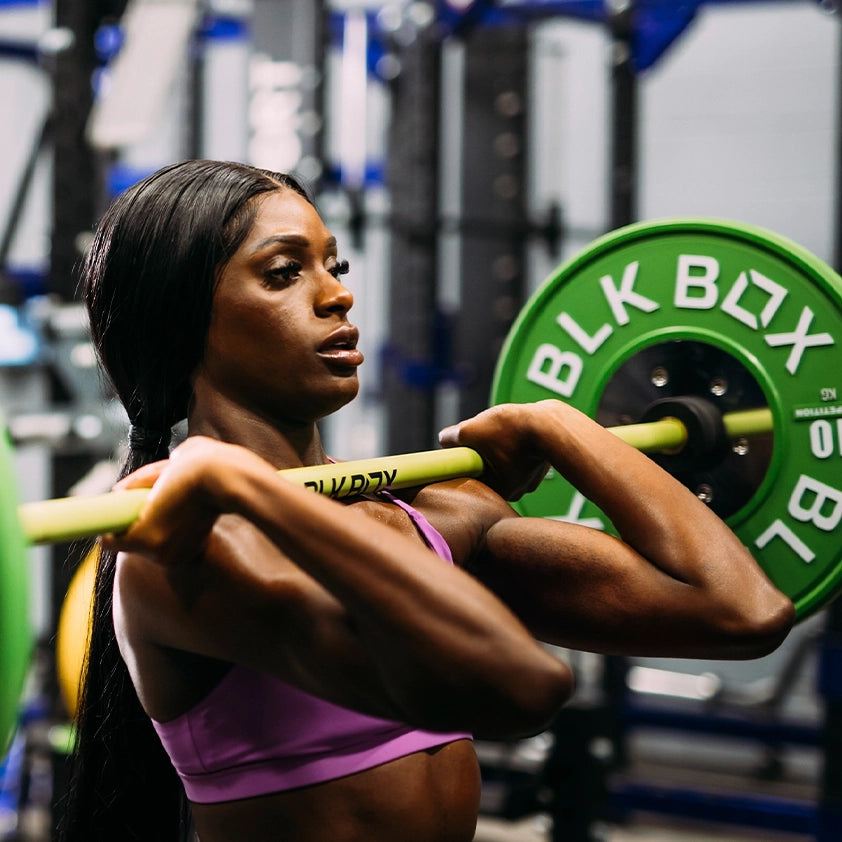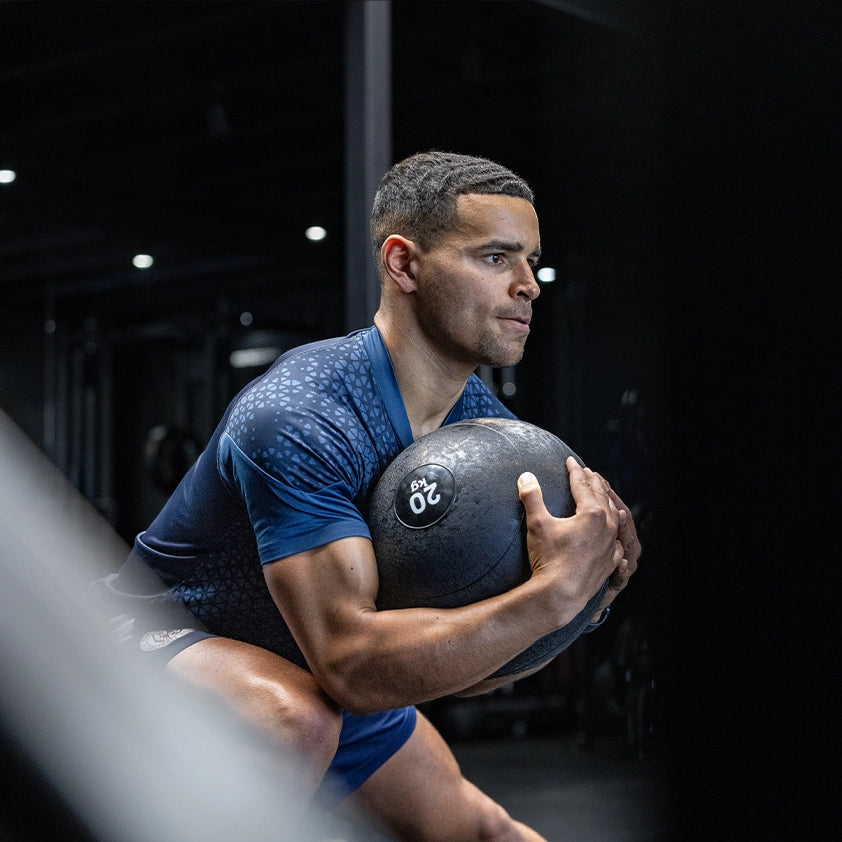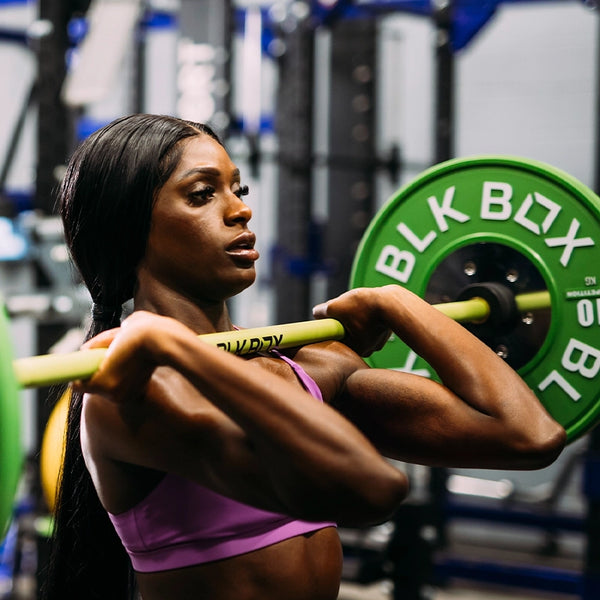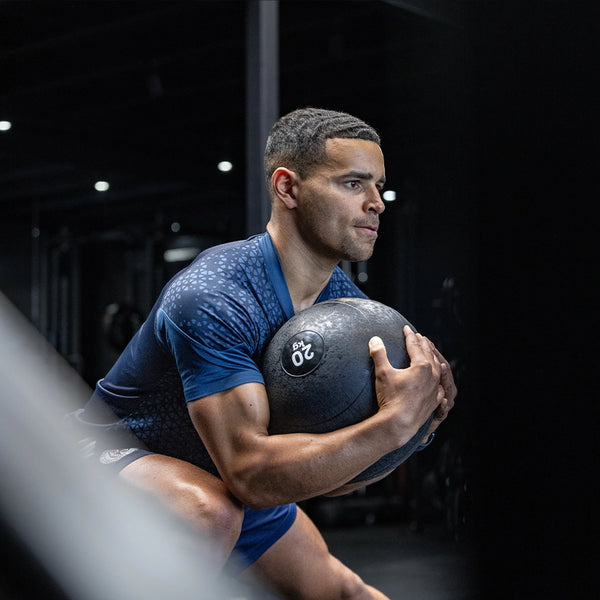How to Build Grip Strength

In real-life situations, your grip is your first point of failure. Whether you're holding a rope, dragging a stretcher or carrying a heavy kit, your hand strength is what keeps you in the game. Take Debbie Hally, a Search and Rescue operator from Ireland. Her training and experience show just how crucial functional grip strength is when every second counts.
Here’s how to train grip strength that goes beyond the gym and actually transfers to work, sport and everyday tasks.
Train Different Grip Types
Grip isn’t one-size-fits-all and if you only train one style, you're missing out on major strength gains. To build grip that adapts to real-world demands, focus on these four key types:
-
Crushing (e.g. grippers, squeeze balls): Strengthens your ability to close your hand, useful in climbing, lifting or holding.
-
Pinching (e.g. plate pinches): Trains the thumb and fingers to hold thin or wide objects, like tools or kit.
-
Supporting (e.g. heavy carries): Builds endurance in the fingers and forearms for holding weight over time.
-
Wrist control (e.g. kettlebell swings, wrist rollers): Stabilises the wrist and forearm under load, which is essential for control and injury prevention.
A good grip is well-rounded, so rotate through all types to build strength that performs, not just looks good.

Use Functional Tools
To build grip that transfers, use tools that challenge your hands. Sandbags, kettlebells, sleds and ropes create awkward loads that mimic real tasks. These tools increase grip endurance and full-body control.

Carry Heavy, Hang Long
Farmer’s carries, dead hangs and sled drags are some of the best exercises to build grip. They force your hands to work under tension, improve endurance and mentally test your limits.
- Carries train you to hold heavy loads for distance or time. They build forearm endurance, posture and grip.
- Dead hangs develop passive grip endurance and shoulder stability. Great for climbers and rescuers.
- Sled drags or rope pulls force you to grip under tension while the rest of your body moves just like in real rescues.

Progress and Recover
Like any strength skill, grip needs progression. Start with 2–3 sessions a week. Add thick grips, rope variations or towel holds to increase difficulty. Recovery matters too. Hands and forearms take a beating, especially with high volume. Stretch, mobilise and give them rest days.

Track and Improve
You can’t improve what you don’t measure. Set mini grip goals: hang for 60 seconds, carry for 50m, pinch for time. These are simple ways to test and grow beyond average performance.

















